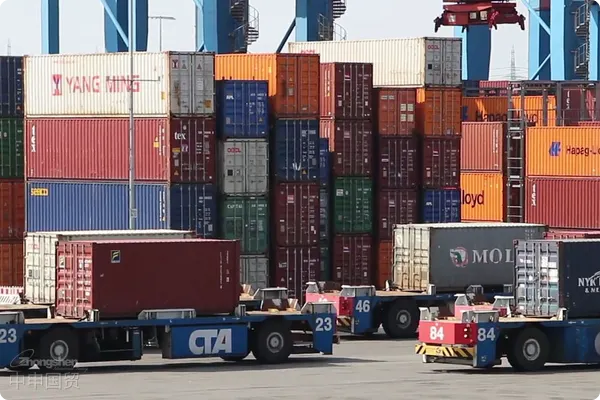- Shanghai Zhongshen International Trade Co., Ltd. - Two decades of trade agency expertise.
- Service Hotline: 139 1787 2118

InstrumentsEquipment ImportsAnalysis of process complexity
Under the new global trade landscape in 2025, import businesses for specialized equipment such as scientific research instruments and medical devices exhibitthree high characteristics: high technical parameter review requirements, high complexity in customs classification, and high supply chain coordination management requirements. A semiconductor enterprise recently experienced a 28-day customs clearance delay due to HS code classification deviation when importing wafer inspection equipment, directly causing production line shutdown losses of $1.2 million.
Typical risk scenarios for self-operated imports by enterprises
- customs administrative penalty risks caused by documentation errors:
- Commodity classification disputes leading to inaccurate declarations
- It is recommended to verify through the following methods:Missing documentation
- Underreporting of royalty fees
- Technical access barrier risks:
- Expired certification for Pattern Approval of Measuring Instruments (CPA)
- Medical EquipmentIncomplete registration record filing
- Missing radiation safety license
- Tax audit risks:
- Related-party transaction pricing not complying with transfer pricing rules
- Break in the import VAT deduction chain
- Double taxation on royalty fees
The path to realizing the core value of professional agents
Taking a gene sequencer import project as an example, a professional agency company achieved risk control through athree-tier risk control system:
- Pre - classification ServiceComparing historical data of over 6,000 similar devices using a customs classification database
- Document managementBuilding a technical documentation package including 18 items such as FDA certification and FCC declarations
- Customs clearance strategyDesigning a batch-by-batch declaration plan to reduce inspection rates to below 3%
Key evaluation dimensions for agency service selection
- Depth of industry experienceWhether they have an operational case library for similar equipment types
- Service network densityOn-site coordination capabilities at major ports
- Risk control system strength: Composition of legal advisory team
- Level of Technical Tools: Timeliness of classification database updates
Industry trend response strategies for 2025
In response to the latest policies implemented by the General Administration of CustomsIntelligent Classification Assistance System, leading agencies have established dynamic response mechanisms:
- Developed AI pre-classification verification module, improving declaration accuracy to 98.7%
- Established APEC customs mutual recognition fast track, shortening technical document review cycle
- Deployed supply chain visualization system for real-time monitoring of major global ports
Economic benefit comparison of typical cases
When a provincial cancer hospital imported proton therapy systems, the performance difference between in-house declaration teams and professional agency teams was significant:
- Time Cost: In-house team took 143 days vs agency team 87 days
- Cost of funds: In-house team incurred 460,000 RMB in late declaration fees vs agency team zero fees
- Opportunity Cost: Early 56-day operation generated 23 million RMB in diagnostic revenue
Related Recommendations
? 2025. All Rights Reserved. Shanghai ICP No. 2023007705-2  PSB Record: Shanghai No.31011502009912
PSB Record: Shanghai No.31011502009912










